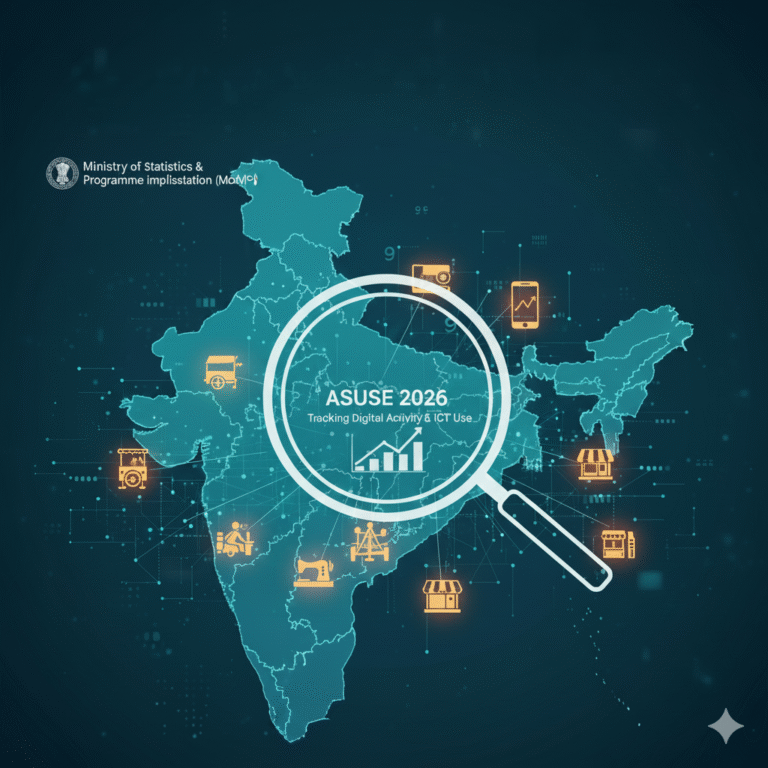India has emerged as a global pioneer in real-time digital payments, thanks to the meteoric rise of the Unified Payments Interface (UPI). According to a recent International Monetary Fund (IMF) study, India now processes over 18 billion UPI transactions each month, eclipsing traditional debit and credit card usage as well as cash withdrawals. This milestone marks a transformative shift in the country’s financial ecosystem, signaling the rise of a less-cash economy that is fast becoming the new normal.
In this blog, we explore what sets India’s UPI system apart, the reasons behind its explosive growth, and what it means for the global digital payments landscape.
The Rise of UPI: What the Numbers Say
The IMF study draws attention to the exceptional performance of UPI, especially when compared to global counterparts. In terms of volume and growth rate, no other instant digital payment system in the world comes close.
Key Statistics:
- Over 18 billion UPI transactions monthly as of 2024.
- Total transaction value regularly exceeds ₹15 lakh crore per month.
- Debit card usage is steadily declining.
- ATM cash withdrawals and currency-to-GDP ratio have reduced.
This trend isn’t just a sign of fintech success — it reflects deep societal and behavioral shifts in how Indians interact with money.
Why UPI Works So Well in India

1. Interoperability
UPI allows seamless transfers across banks, apps (Google Pay, PhonePe, Paytm), and platforms. A user can transfer money from one bank to another using any UPI-compatible app.
2. Zero Cost for Users
Transactions are free for customers, making it accessible for all income groups.
3. Government Support
Launched by the National Payments Corporation of India (NPCI) with strong backing from the RBI and Ministry of Finance, UPI has received consistent institutional support.
4. Digital Literacy and Smartphone Penetration
With increasing smartphone use and internet access in rural India, UPI has reached millions of new users beyond urban centers.
UPI vs Traditional Payment Systems
| Feature | UPI | Debit/Credit Cards | Cash |
|---|---|---|---|
| Speed | Instant | 1-3 Days | Immediate |
| Cost to User | Zero | Bank Charges | None |
| Infrastructure Needed | Smartphone + Internet | POS Terminals | ATMs |
| Traceability | High | Medium | Low |
UPI clearly outperforms other forms in terms of speed, convenience, and cost-efficiency.
Social Impact: A Step Toward Financial Inclusion
1. Empowering the Unbanked
With UPI-linked features like Aadhaar-enabled payment systems, even individuals without traditional banking access can perform transactions.
2. Digital Benefits Disbursement
Government subsidies, pensions, and welfare schemes now use UPI infrastructure to transfer money directly to beneficiaries.
3. Women and Rural Users
UPI’s simplicity has enabled women entrepreneurs, farmers, and small vendors in rural areas to enter the digital economy without a steep learning curve.
Challenges Ahead
Despite its success, UPI faces a few challenges:
- Security Risks: Increase in phishing, fraud, and fake payment apps.
- Revenue Model: UPI apps currently operate on thin margins or losses.
- Infrastructure Strain: High volume creates server load, leading to occasional transaction failures.
The government and NPCI are working to address these issues through regulatory reforms and technological upgrades.
Global Recognition and Expansion
The IMF has praised India’s model as a blueprint for other nations. Countries like Singapore, UAE, France, Bhutan, and Sri Lanka have already adopted or linked with UPI-based systems.
This global footprint indicates that India’s fintech revolution could soon have a lasting international impact.
Conclusion
India’s digital payments transformation, led by UPI, is more than just a tech success story. It is a testament to inclusive innovation, efficient public-private collaboration, and smart policy execution. As India marches toward becoming a $5 trillion economy, digital payments will play a pivotal role in ensuring transparency, efficiency, and economic equity.
With over 18 billion transactions a month, UPI is not just a product — it is a movement, a new financial culture in the making. And India, undoubtedly, is leading the way.









+ There are no comments
Add yours